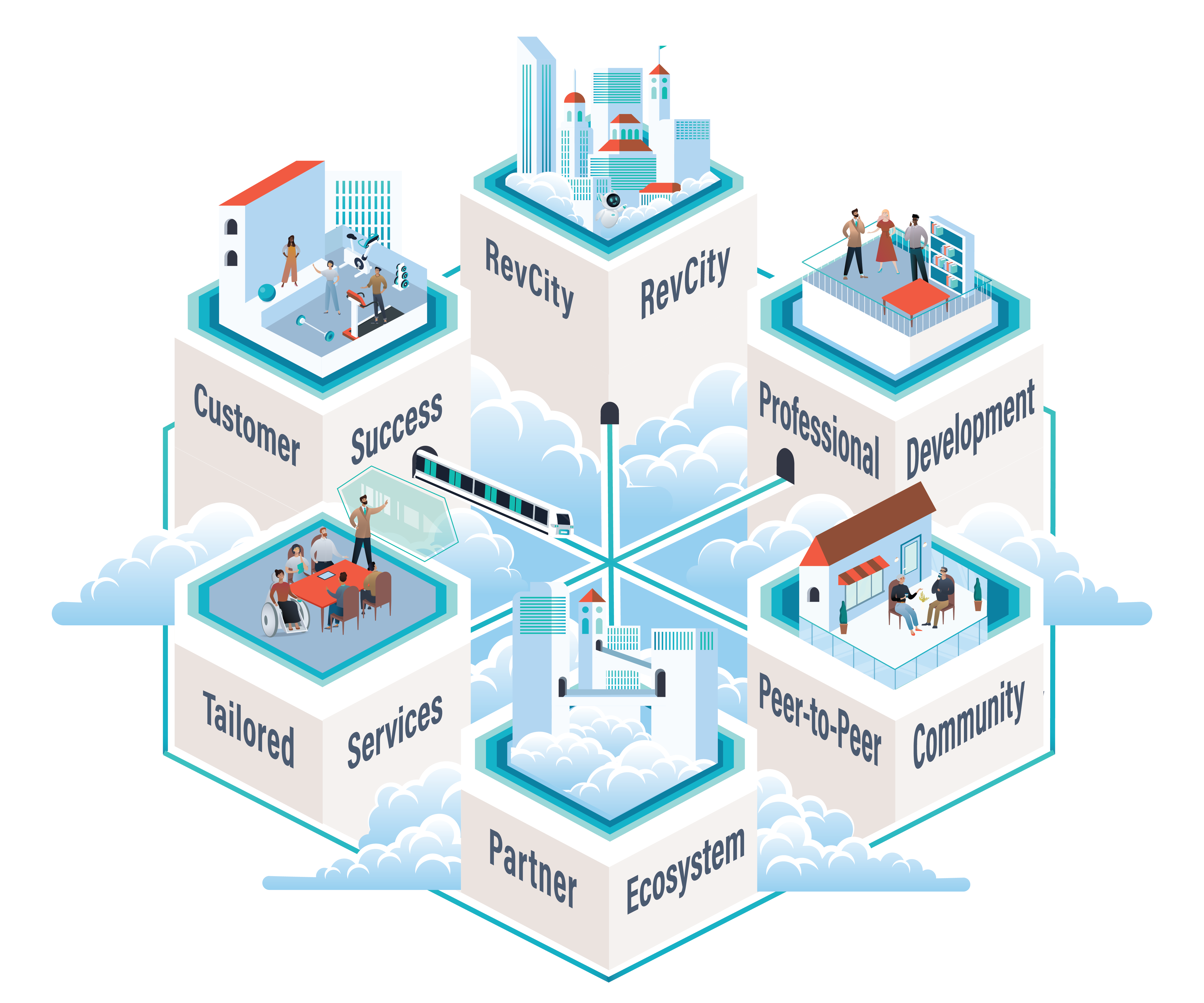Just as irksome as your neighbor conveniently forgetting to clean up after their dog did a number on your front lawn, dealing with sales can often be a gruesome festival of all things unwelcome for customers.
There are things SDRs do that we hate, and then there’s things we really, really hate. So we ran a poll with four of the most common things you’ll hear decision makers complain about.
What sales approaches do they hate the most?
1. Bad-mouthing Competitors
Bad-mouthing competitors might seem like the logical thing to do when trying to convince a prospect to choose your product over your competitors’. However, it works against you in almost every way imaginable.
First, it’s something that almost every sales rep resorts to. So prospects aren’t listening to anything new when you do this.
Second, it comes off as a measure of desperation and frustration when you don’t have any other value to provide. It may seem as though you haven’t really taken the time to get to know your prospect and address their actual pain points and concerns.
Third, you’re diminishing the value of your product. Highlighting competitors’ flaws doesn’t say anything about what makes your solution excellent. So you’re leaving out crucial aspects of their product that prospects may have actually found value in.
How Do You Overcome This?
As a salesperson, doing your research and gaining insights about prospects to help drive value delivering conversations is non-negotiable. If your conversations aren’t loaded with personalized insights addressing genuine problems that your prospects face, then you’re setting yourself up to lose the deal.
By taking the time to know your prospects, you can avoid resorting to bad-mouthing your competitors and optimize your interactions for conversion.
2. “Just Following Up” Follow-ups
As you may have guessed, scrolling through your inbox to find “just following up” follow-ups to mails that you CHOSE not to respond to in the first place can make you want to bite someone’s head off.
Unless you make your follow-ups a lot more compelling and personalized, you’re going to be doing a lot more harm than good.
How Do You Overcome This?
Scour through your prospects’ social media feeds and you have a goldmine of content to create quirky follow-ups that actually get them to listen to what you have to say. There’s a lot you can do to generate curiosity with your follow-ups.
Also, if you need to follow up, go back to the drawing board and see how you can deliver a ton of personalization through your messaging.
If your still being left unread, then you’re probably spraying and praying, targeting the wrong people.
3. Jabbering About Features and ROI
No one likes a motormouth that goes on and on about features and ROI. Prospects don’t want to be bombarded with an instruction manual the first time a stranger reaches out to them. If they are going to be open to your proposition, you want to convey how you can solve an actual problem they have.
How Do You Overcome This?
Prospects want to know how exactly your product is going to solve a problem they have. Sales is always about them, not you. So stop hard-selling your product, and genuinely try to make your conversation all about helping them.
Make sure you understand their pain points and address them succinctly. Remember, your prospect is busy.
You only have a couple of seconds to earn their interest
You can lose their interest just as fast.
Don’t just try to force-fit all that you can into the small window of attention people have when reading an email.
Say something that offers validation and value, offer a call-to-action, then get out.
Short and sweet.
There’s only so much you get to say before you’ve overstayed your welcome and are tossed into the spam folder with all the other overkill.
4. Subject Lines With “Synergies” in Them
Speaking of overkills, this one seems to be the master of them all. Almost every other message seems to hold you ransom for the possibility of “exchanging synergies,” or whatever that means. If you’re going to copy-paste, then at least try and be covert about it.
Subject lines are the first thing people see when they decide whether to read your message or not. If you sound like everyone else, then you sound like clutter, and clutter goes in the trash can.
How Do You Overcome This?
Context is king, so add value wherever you can, especially in your subject lines. Spend a lot of time on your subject lines, and A/B test variations to optimize for open rates.
What We Have Gathered Thus Far
You’re going to have to go that extra mile if you want to make it big in sales. And there’s only one way you can do that — by giving your prospect the information they deserve.
Personalization equals relevance equals value. If you’d like to learn how to accomplish 1:1 email personalization at scale, check out our Conversational Email tool, which uses AI to build personalized emails and cadences to engage prospects.






